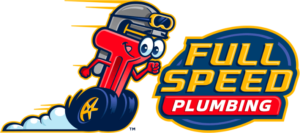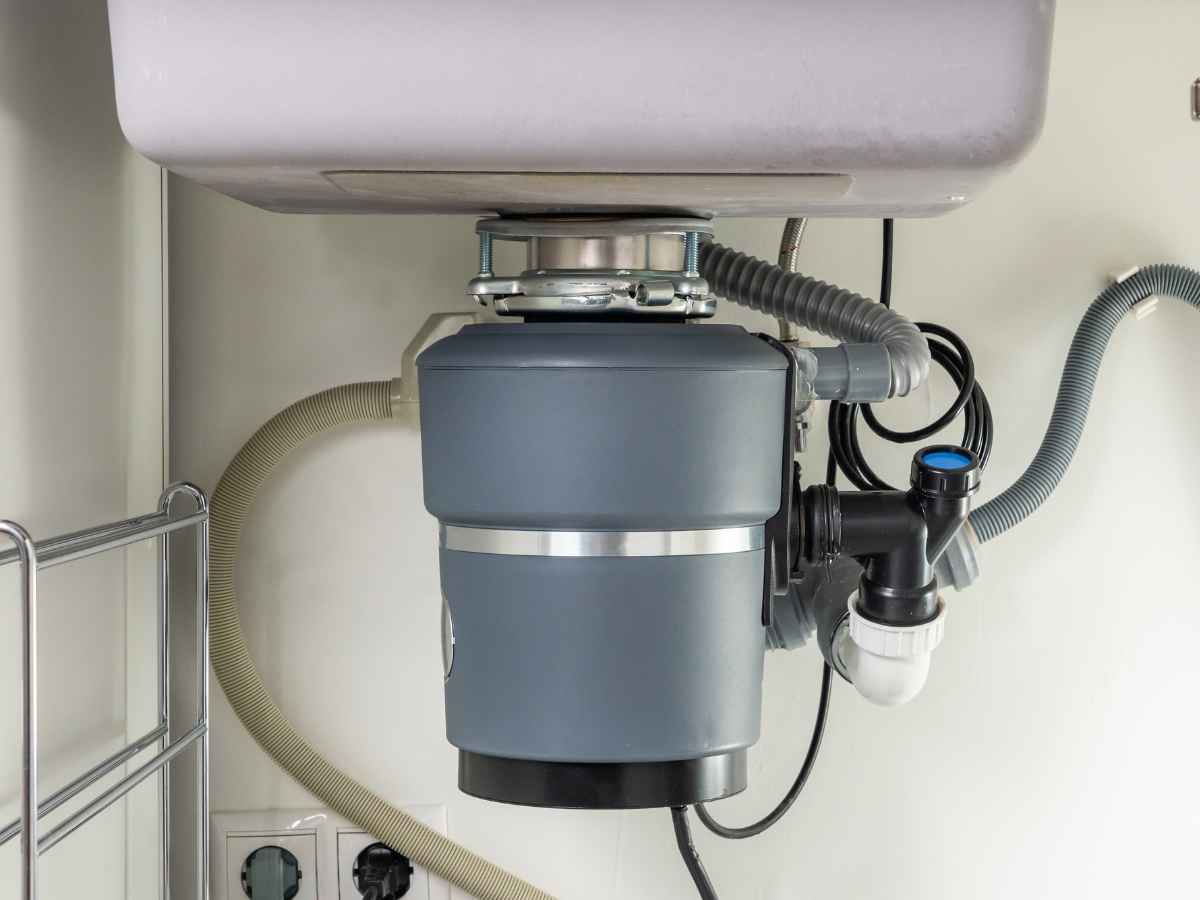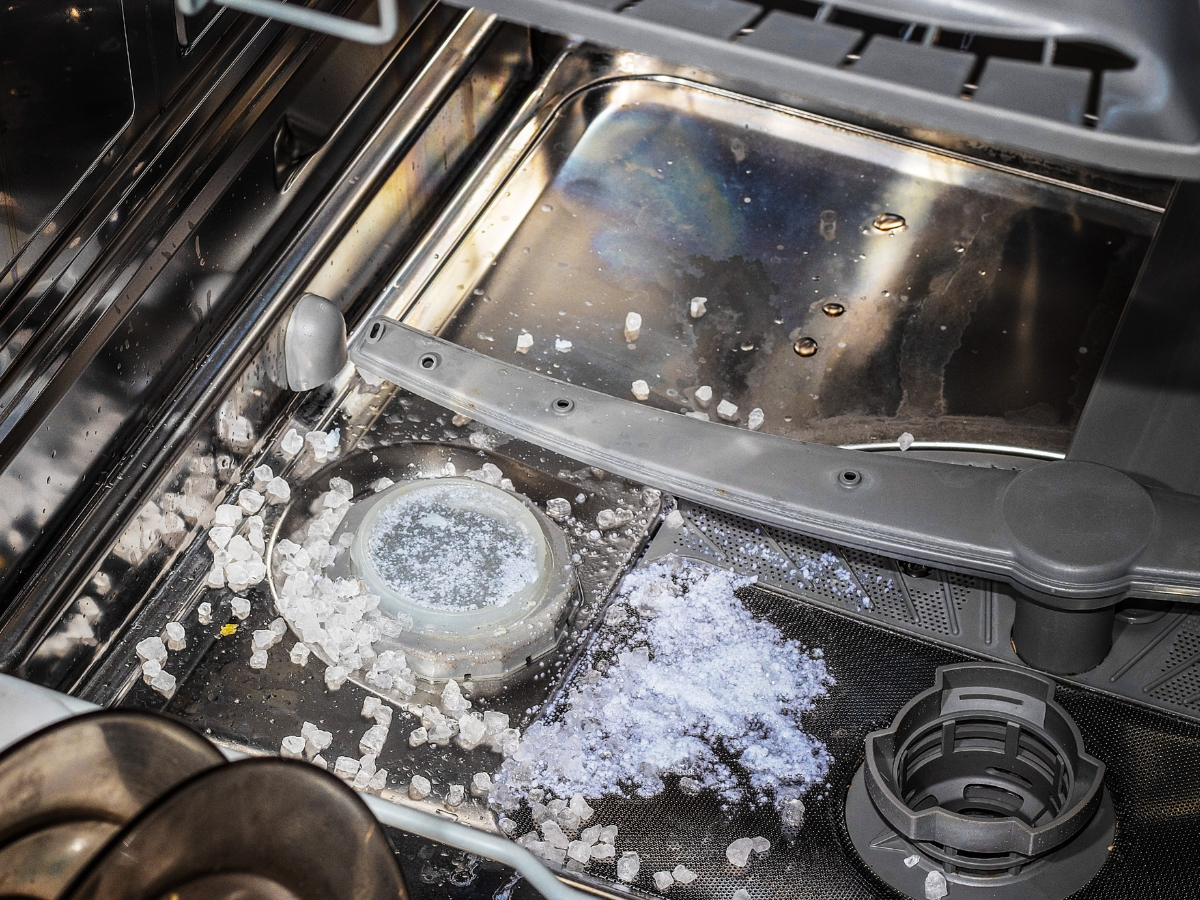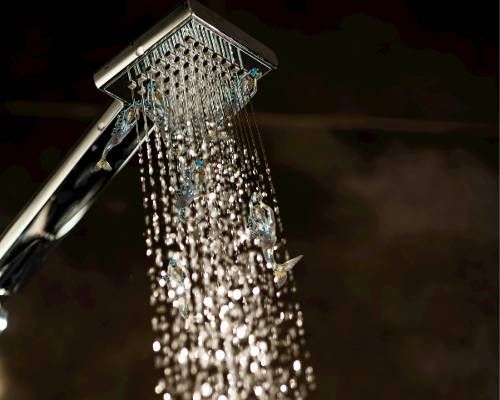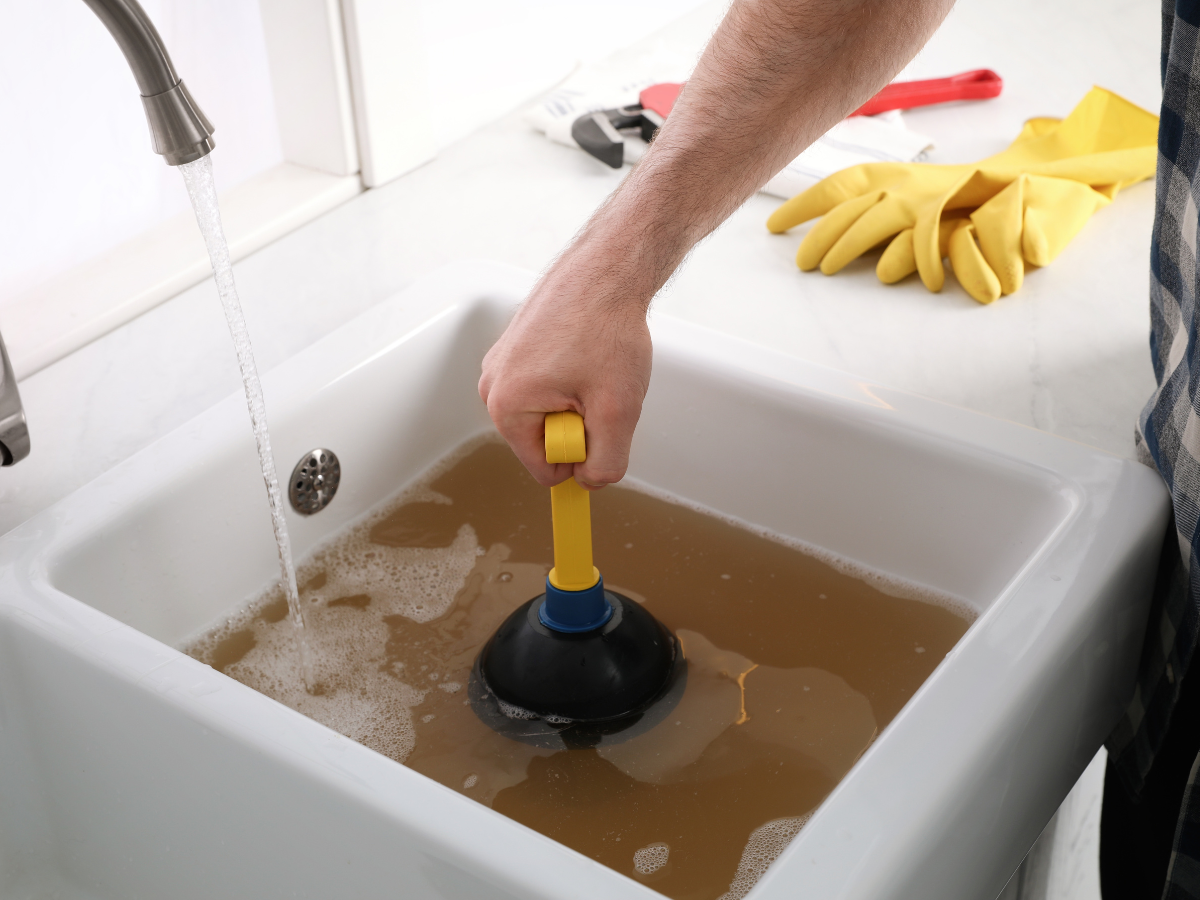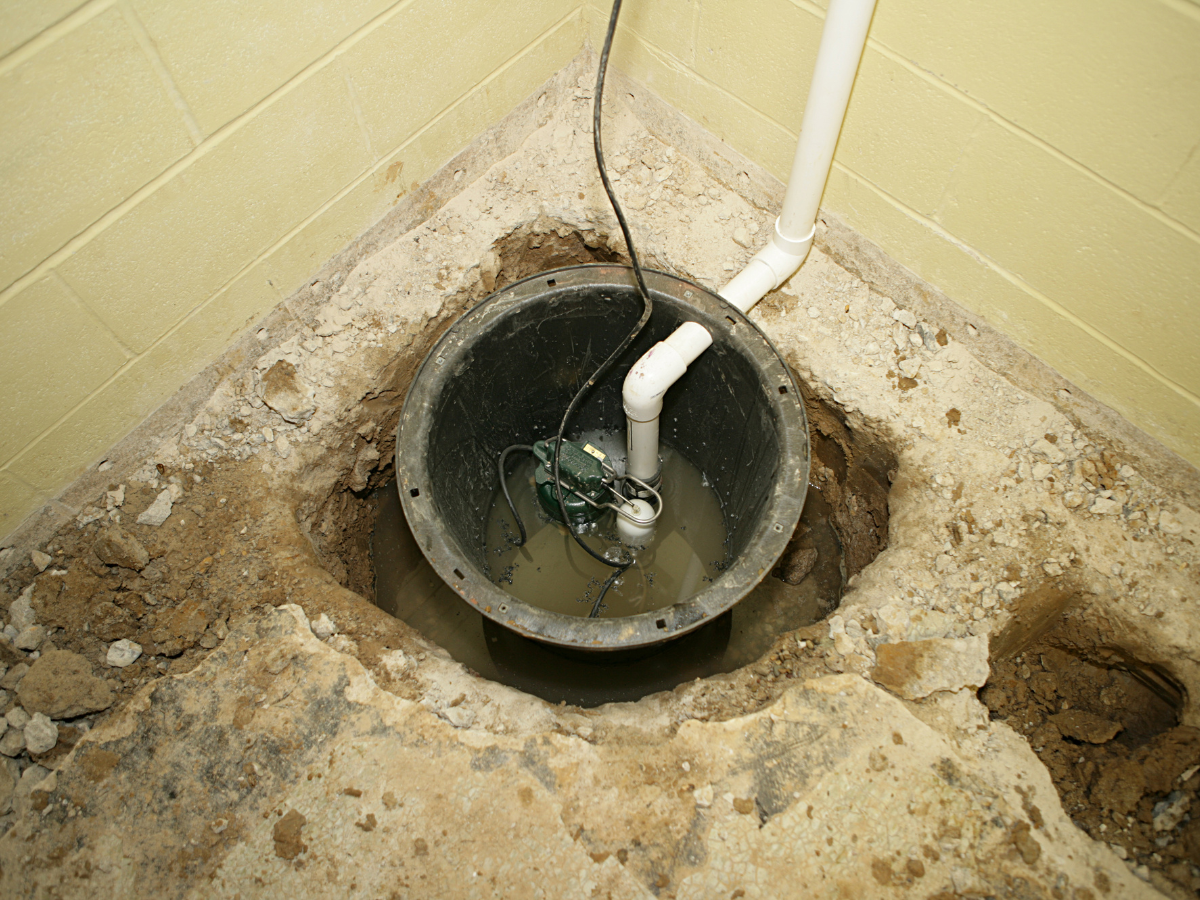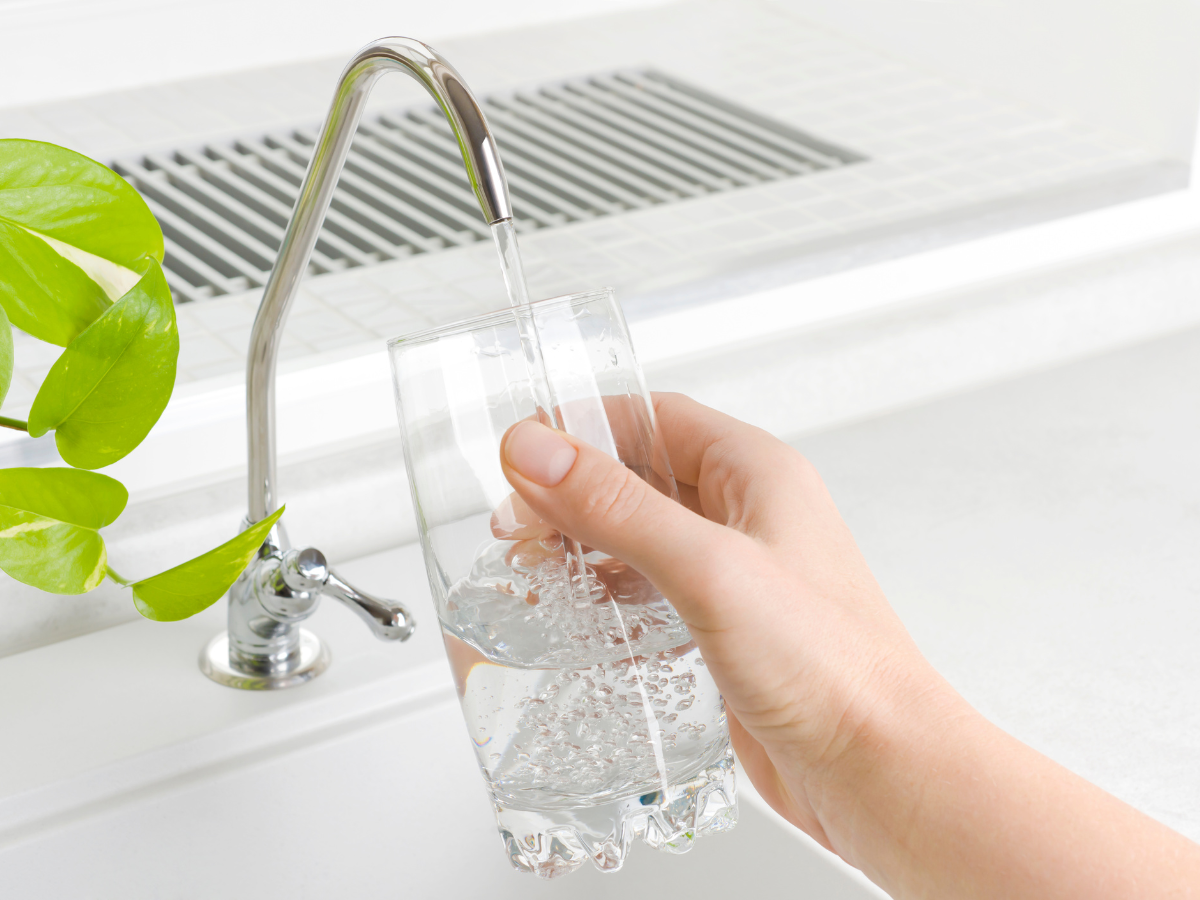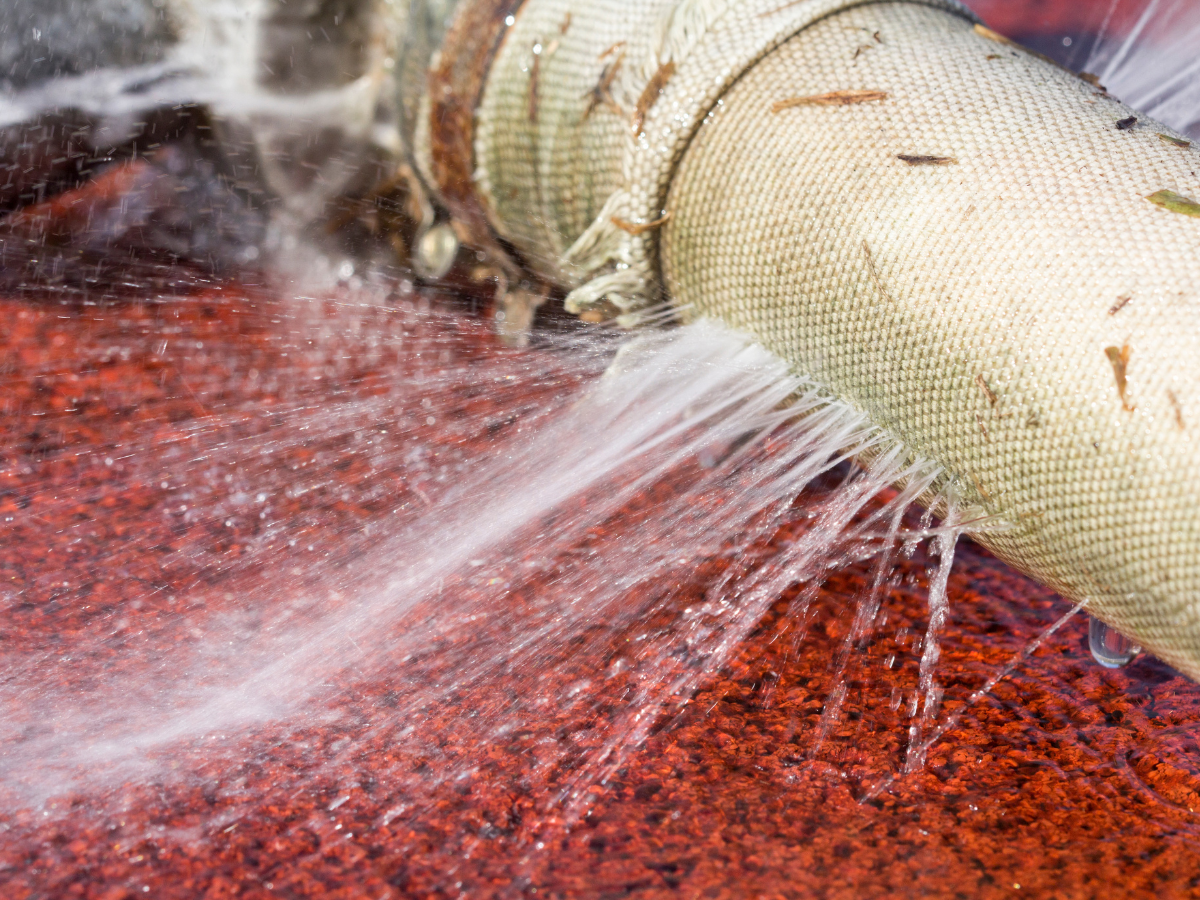Inside The Grind: How Does a Garbage Disposal Work?
In today’s fast-paced world, the conveniences of modern living are often taken for granted. One such marvel of home innovation, entirely hidden under our kitchen sinks, is the garbage disposal.
At Full Speed Plumbing, we’re not just about fixing leaks and unclogging pipes; we’re also here to shed light on the everyday appliances that make your life easier.
In today’s blog post, we’ll take a deep dive into the inner workings of this indispensable kitchen helper. Understanding how your garbage disposal manages waste can help you use it more efficiently, avoid common problems, and ensure safety.
Join us as we explore this remarkable appliance’s service to our homes and the environment.
Types of Garbage Disposals
Garbage disposals are generally available in two types: continuous feed and batch feed. Both serve the crucial role of managing kitchen waste but cater to different user needs and safety preferences.
Continuous feed garbage disposals are among the most common and user-friendly types. With this model, you can keep adding waste as the unit runs, making it convenient for busy cooking sessions.
The pros include ease of use and the ability to handle a constant stream of kitchen waste efficiently. However, convenience comes with caution; the open drain requires mindfulness to prevent accidental dropping of non-food items or personal injury.
Pros:
- High efficiency and convenience in waste disposal
- Ideal for busy households with continuous kitchen activity
Cons:
- Requires careful use to avoid accidents or damage
Batch Feed Garbage Disposals, on the other hand, require you to load the disposal with waste and close the lid to operate. This design is built with safety as a priority, making it an excellent choice if you’re a customer with young children.
The batch feed model’s pros include enhanced safety features and preventing foreign objects from accidentally falling in. The cons include a slower cleanup process since you must wait for one batch to finish before starting another.
Pros:
- Increased safety by preventing accidental operation
- Suitable for households that prioritize safety over convenience
Cons:
- Less efficient for disposing of large amounts of waste quickly
- Might be less convenient for those who multitask in the kitchen
In choosing between these models, consider your household’s specific needs, safety concerns, and the volume of kitchen waste typically generated. Each type offers distinct advantages for convenience, efficiency, or safety in your kitchen waste management solution.
Grinding Mechanism and Blades
The heart of a garbage disposal’s functionality lies in its grinding mechanism and blades. These components work tirelessly to break down kitchen debris into fine particles, allowing for safe passage through plumbing systems. Imagine the grinding mechanism as a professional, diligently at work, ensuring that even the toughest pieces of food waste are managed with precision.
The process begins when food waste is introduced into the disposal chamber. Here, high-speed rotating blades come into play, acting like skilled chefs chopping ingredients. However, instead of preparing a meal, these blades are focused on minimizing waste size.
Their sharp edges effectively slice through food, reducing it to smaller fragments. This is crucial in preventing clogs and ensuring a smooth cleaning process post-meal preparation.
It’s worth noting that while these blades are adept at handling most organic materials, they are not invincible. Non-food items, particularly tough food debris, pose a significant risk to the mechanism, potentially leading to damage or needing professional repair.
So, it’s essential to be mindful of what you dispose of, reinforcing the importance of user responsibility in maintaining the product’s longevity and efficiency.
Installation and Location
Several key considerations ensure optimal functionality and convenience when it comes to the installation and location of garbage disposals in your kitchen. Typically, garbage disposals are installed under the kitchen sink.
This strategic location allows for the direct disposal of food waste from plates, pots, and pans into the sink and then into the disposal unit. The proximity to the sink’s plumbing also facilitates efficient waste disposal, directly integrating with your home’s drainage system.
When integrating a garbage disposal unit into your kitchen’s plumbing system, it is paramount to contact a professional plumber to perform the installation. Doing this ensures the unit is correctly connected to the electrical and plumbing infrastructure, mitigating the risk of leaks, clogs, or electrical issues.
Professional plumbing companies will also ensure that the disposal is compatible with your sink and drainage system, providing peace of mind and preventing future complications. Furthermore, correct installation influences the disposal’s longevity and efficiency in managing kitchen waste, underscoring the importance of involving experienced technicians from the get-go.
Adhering to the principles of safe and proper installation guarantees the smooth operation of your garbage disposal and secures the safety of your household. Given the appliance’s role in daily kitchen activities, ensuring its correct placement and installation by professionals is a smart investment toward maintaining a functional and efficient kitchen.
Conclusion
Understanding the nuances of garbage disposals, from their types to the intricacies of their installation and the critical role of their grinding mechanisms, empowers homeowners to make informed decisions for their kitchens.
Whether you prioritize safety with a batch feed model or efficiency with a continuous feed system, properly selecting and maintaining your garbage disposal can significantly enhance your kitchen’s functionality and sustainability. Remember, professional installation is key to ensuring the optimal performance and longevity of your garbage disposal, safeguarding against potential issues down the line.
If you’re in Mount Vernon, Washington, and considering adding a garbage disposal unit to your kitchen ensemble or need expert advice on maintaining your current unit, Full Speed Plumbing is here to assist. Our team of seasoned professionals is equipped to provide top-notch installation and maintenance services, ensuring that your garbage disposal system operates smoothly and efficiently.
For a consultation or to schedule services, don’t hesitate to give our team at Full Speed Plumbing a telephone call today. Elevate your kitchen’s functionality and contribute to a sustainable future with the right garbage disposal system for your home.
